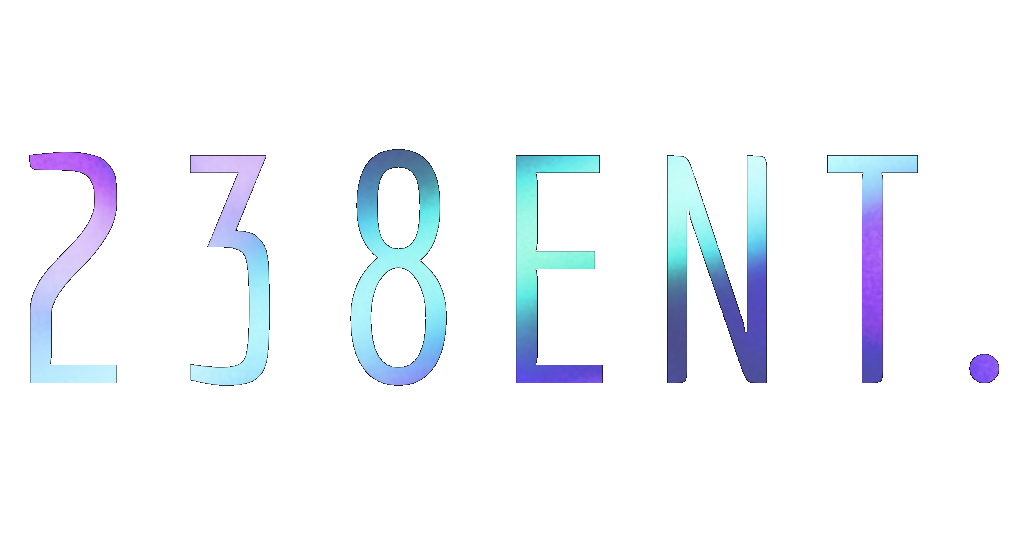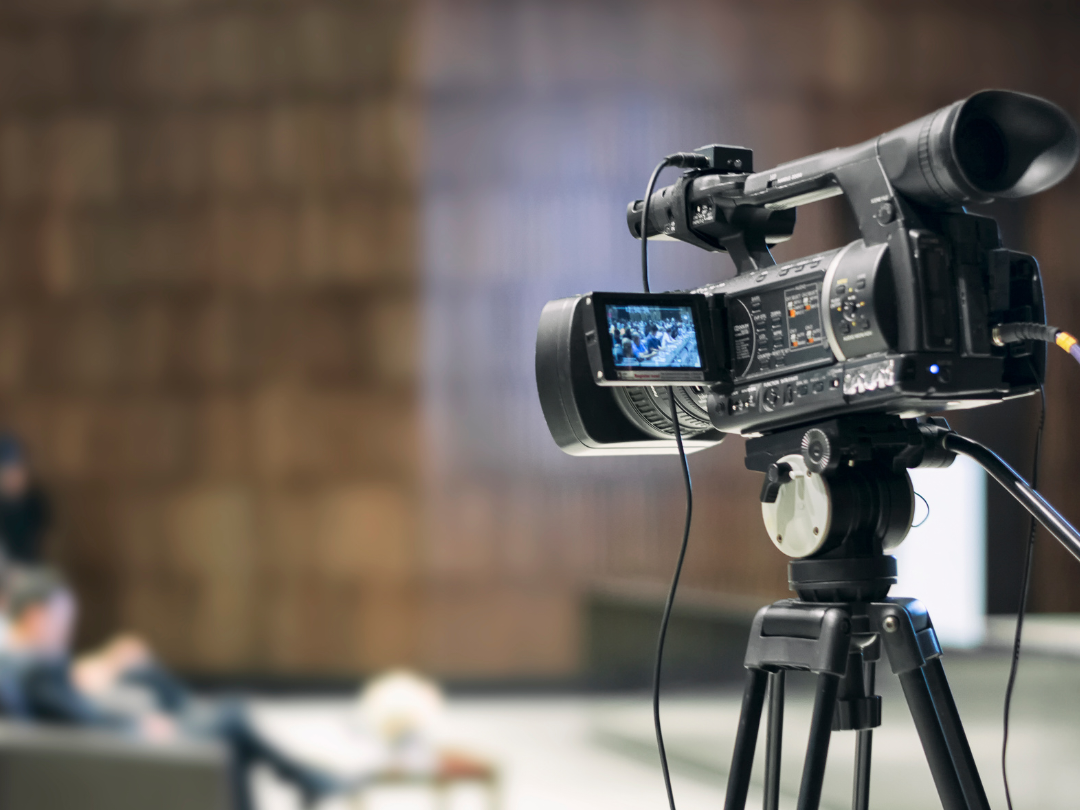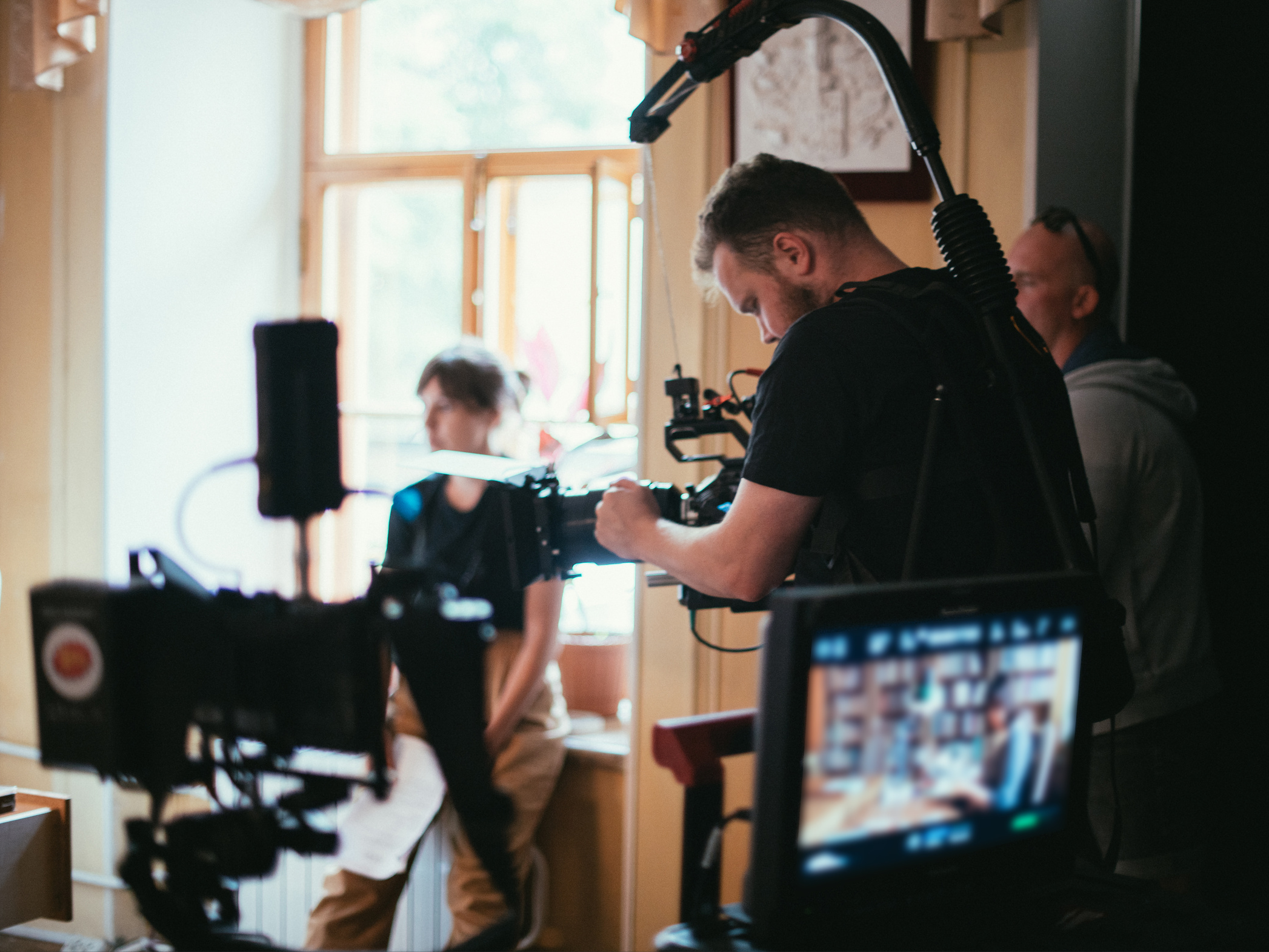Making a short film can seem like an indomitable task. Most writers and directors struggle to get their productions off the ground, often because they lack the resources to get started. No need to worry though, we’re going to show you step-by-step how to make a short film with video guides and all the software you’ll need. Make sure to reference this guide as you’re going through your production to check off all of the steps.
1. Start with a question
Ask yourself, what kind of film do I want to make? You can choose from one of the dozens of movie genres, or filmmaking styles such as Film Noir, Cinéma Vérité, or Dogme 95. Whichever direction you decide to go, just remember to make sure you can actually do it. It's nice to dream of a big-budget sci-fi epic but few of us would be able to realize that dream.
Making a short film begins with organization and preparation. The bigger the scale of your production, the more obstacles you're likely to run into. Make sure to plan for road-bumps accordingly.
Your short film doesn’t have to be a big production. If this is your first time making a short, then you’re going to want to keep things as simple as possible. Just keep in mind that our rules for how to make a short film apply to productions of all sizes.
2. Develop a concept
Every story starts with a concept. Don’t limit yourself at this stage of production — dream up the story you want to make. Brainstorm short film ideas, watch some of the best short films for inspiration, and see what sticks.
Filmmaking is an art-form of endless possibilities, so you don’t want to start the process by telling yourself that what you want to make is impossible.
It may end up being impossible, but the most important thing at this step is to try your best to conceptualize what you want to see. Also, you’re going to want to set up a production calendar so that you can stick to a timeline.
3. Write a script
There’s a wide variety of ways to tackle your script. Here are some additional tips on writing a short film. First, start by downloading StudioBinder’s screenwriting software.
The process of learning how to properly format a screenplay can be a nightmare. One engaging way to learn the formatting guidelines is to read professional screenplays. We have dozens of script teardowns with screenplay PDFs for you to choose from. You may also want to consider picking up a copy of The Screenwriter’s Bible and the Save the Cat beat sheet.
Your short script should be between 5-50 pages. Remember, each page of your script roughly equates to one minute of screen-time. Once you finish writing your first draft, spend some time away from it if possible (1-2 weeks) then go back and do an edit.
When it seems like it’s in good shape, you might want to share a few copies with friends/colleagues and request that they give you some notes. Don’t be discouraged if you receive tough feedback, that will only help you get better!
4. Make a script breakdown
Once you’re satisfied with your script, you’re going to want to do a script breakdown. This will help organize the story of your film into a practical production. If you’ve never done a script breakdown before, don’t worry, this video will explain what you need to know to get started:
The difference between a script and a script breakdown can be night and day. Oftentimes, the script is nothing more than the story itself. The script breakdown is where that story becomes the blueprint for a production.
5. Draw storyboards
Now it’s time to visualize your film. Download StudioBinder’s storyboard creator software to get started. If you’re not a good artist, don’t worry, neither am I. The video below will show you everything you need to know to get the vision out of your brain and onto the page.
Looking for cast and crew? Perhaps your friends are interested in helping out. When you use only what’s at your disposal to make a movie, that’s called zero budget filmmaking. And if you want to stand out with your zero budget filmmaking, consider reading up on Dogme 95 and adhering to the filmmaking “vows of chastity” as popularized by Danish directors Thomas Vinterberg and Lars von Trier.
For something more elaborate, you may want to look at hiring cast and crew. Check out our guide to casting websites to see where you should be looking for talent. If you do choose to hire actors, then you’re going to need to read up on actor release forms.
As for equipment, you’re going to want to look at mics and cameras. If you don’t want to shoot on a smartphone, then you should consider buying a DSLR camera. For anything more expensive, renting is your best bet. For guidance, look at how we recreated the iconic “What’s in the box?” scene from Se7en for just $400 dollars. If you’re hiring a cinematographer, make sure you’re on the same page as them in regards to equipment before the shoot.
No matter what strategy you end up choosing, you’re still going to need a mic and a place to shoot. I cannot stress it enough: audio quality can make or break your short. Get a mic, and read our guide on sound recording. Once you have that, then you need to find a place to shoot.
Ideally, you’d have a sound-stage where you could build a set. If not, then you’re just going to have to get creative. Just remember to review permitting guidelines for shooting in public places.
7. Show up to set prepared
Once you’ve gotten your cast and crew together, you’re going to want to make sure you have a clear line of communication. Try using our film crew management software or setting up a work group chat. You'll want to create call sheets to keep everyone organized.
After you get that set up, there are just two more things you need to do: lay out your filming schedule and finalize your shot list. Check out the video below to see how to make a shot list for a modern production.
The more organized you are before shooting the better. A shot list will make your job as director infinitely easier on set.
8. Always have your shot list
You’re finally here, the first day of shooting. Countless weeks of preparation have led to this moment. The most important thing to do is… enjoy yourself!
Remember, we make films because we love cinema. Take your job as director seriously, but don’t get too stressed out. Some things will be out of your control, i.e, weather, sick cast and crew, etc.
But that’s okay, nothing great comes easy.
Make sure to check out our guide to directing actors to see how you should handle your talent. Our series “The Shot List” will show you everything you need to know about shot size, camera framing, camera movement, and more.
Get creative in your role as director but also keep in mind that the things that work, work for a reason. It’s never a bad idea to hone your craft by taking inspiration from established filmmakers. Consider reviewing our series on the directing styles of famous filmmakers like David Fincher, Paul Thomas Anderson, and Stanley Kubrick.
9. Review footage and audio
Throughout your shoot, make sure to check off your shot list. You’ll be thanking yourself in post for doing your due diligence on set. This often includes reviewing dailies as the production progresses.
Also, review your shots, and make sure your audio is clear. It may be necessary to record ADR and/or Foley sound, or turn to the free sound effects online to really polish the audio.
10. Reorganize everything
You’ve gotten all your footage and now you’re ready to start editing. Import all the video and audio into your editing software and get started.
If you’re not experienced in editing, read up on the post production process and Final Cut Pro vs. Adobe Premiere Pro. If you’ve got the money to hire a professional editor, you can always do that as well.
If you’re using Premiere Pro or Final Cut, there’s no shortage of tutorials that will answer your most specific questions. Thinking about adding some VFX to your short? It’s never been easier to do. Just check out how we recreated a VFX-heavy scene from Inception for just $350 dollars. Don’t be afraid to test out After Effects if you have an Adobe Creative Cloud subscription. It may seem intimidating, but after a few hours of practice, you’ll know the basics of the program.
11. Last-Minute Check and Formatting
After your short has gone through a bunch of edits and you think it’s ready for an export, remember to check for these four things:
Make sure the picture is bright enough
Make sure the audio has been cleaned up
Look for frame inserts
Don’t forget credits
If everything looks good, export in the format of your choice.
12. Celebrate your work
You did it! You completed a short film. Get your cast and crew together, call some friends over, and watch that movie!
It may not seem like a huge accomplishment, but just think about how much work you put in. Through the process, you’ve become a better filmmaker.
If you think your short is competition worthy, consider submitting to a film festival. You don’t need to take your short film to Sundance or Cannes either, there are thousands of smaller festivals for up-and-coming filmmakers.









